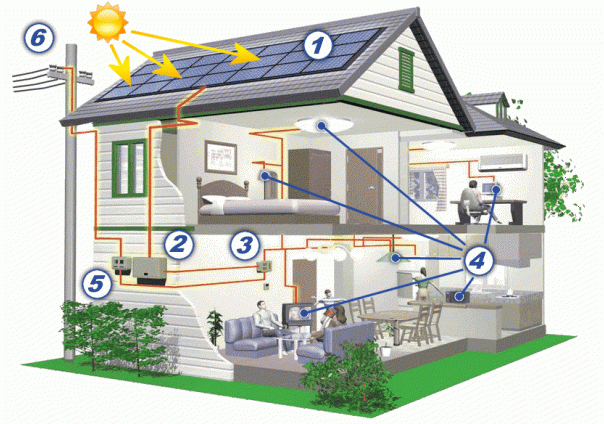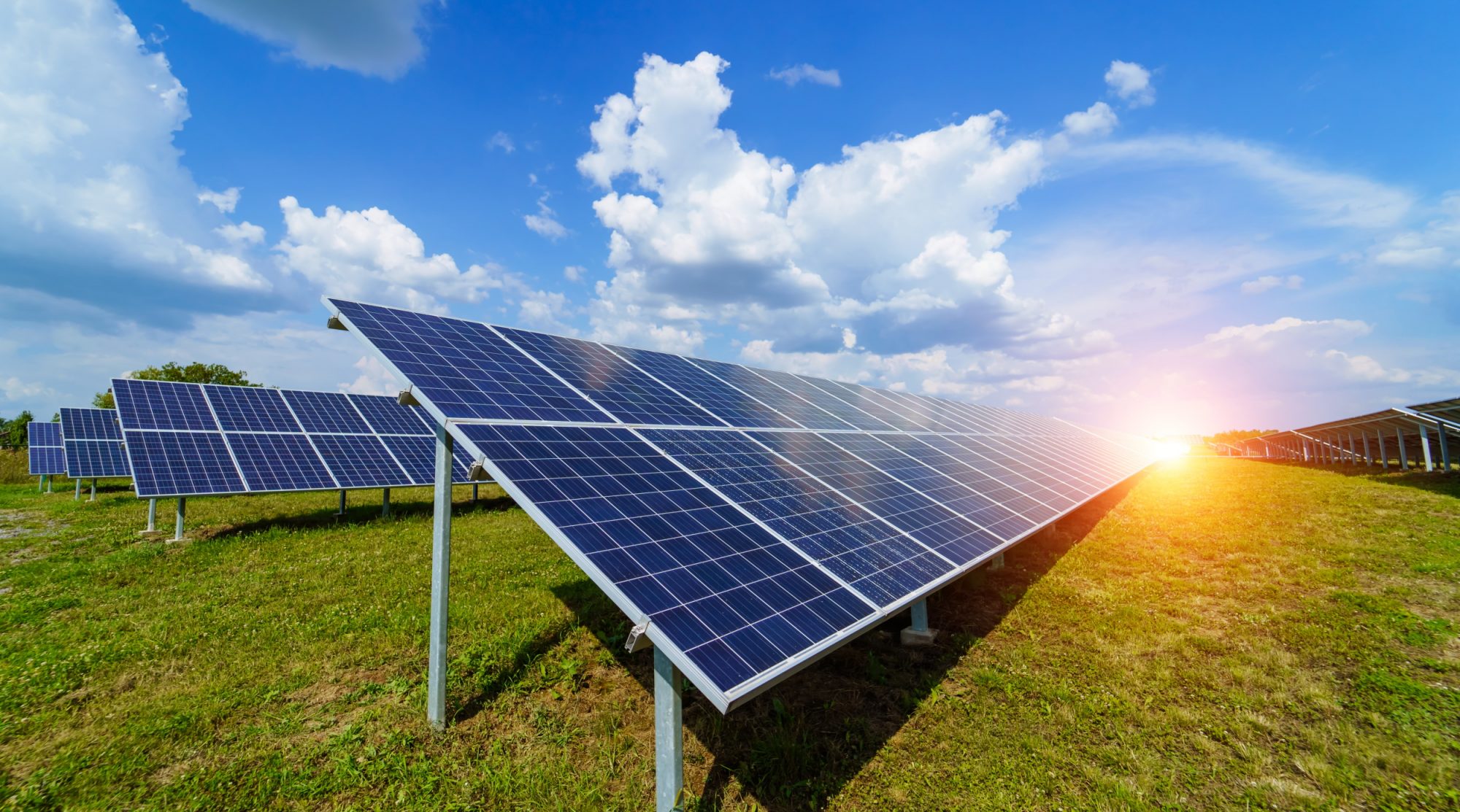About solar energy
Along with water and wind, the electricity we produce from the sun belongs to a set of so-called renewable energy sources. In compliance with the European Union’s commitments to decarbonise society, we have made a major leap in this area in the last two decades. Due to the growing awareness that traditional methods of producing energy based on coal are not sustainable, we are devoting an increasing amount of effort, knowledge, and time to a more efficient and environmentally friendly way of producing so-called “green” electricity.
Due to its favourable geographical location, Slovenia has a great potential for increasing its proportion of solar energy used. In 2020, a total of 11,990 solar power plants with a total electrical capacity of 371.6 MW were installed. Their production in the same year amounted to 289.5 GWh or about two percent of the total electricity production in Slovenia. This energy is sufficient to cover just under nine percent of Slovenian household electricity needs.
Solar energy as a “fuel” for electricity generation is a durable, free source with low maintenance costs.
How does a solar power plant work?
In general, each solar power plant consists of two basic units.
The first is represented by solar photovoltaic modules or solar cells. Silicon, which is abundant in nature, is most commonly used to make cells in photovoltaic modules.
Solar cells are a direct converter of solar energy into electricity. Sunlight falling on a solar cell causes the movement of electrons in it, resulting in a direct electric current. But as this cannot be used in home appliances, we must first convert the direct current to alternating current. This is accomplished by another set: inverters. Only alternating current is usable for household consumption or for sending to the power grid.

Each solar power plant consists of:
- Photovoltaic modules or solar cells: collect solar energy and convert it into direct current.
- Inverter: converts direct current into alternating current that can be used in our homes.
- Electrical cabinet: a cabinet that controls and manages all circuits and devices of the solar power plant.
- Consumers
- Counter: measures the electricity produced,
- Network.
Large solar power plants, which are installed on the ground, usually transmit electricity directly to the public distribution network. We also have such solar power plants in the HSE Group.

ADVANTAGES AND BENEFITS OF SOLAR ENERGY
The solar power plant uses a sustainable, ecologically clean and renewable energy source as a fuel for electricity production: solar radiation, which does not burden the environment and the atmosphere with greenhouse gas emissions.
The process of building a solar power plant
As with any energy facility, certain rules apply to solar power plants as well; from the original plans to their location, construction and connection to the electricity grid.
According to Slovenian legislation, it is necessary to obtain a building permit for larger solar power plants – i.e. power plants with a capacity of more than 1 MW. Participants or the consenting parties involved in the process of obtaining a building permit are:
- local community, which determines the possibility of using land for the installation of devices for the production of electricity through spatial plans,
- Ministry of Infrastructure, which issues the energy permit,
- Slovenian Environment Agency, which conducts an inspection and gives consent to the compliance of the project with environmental legislation,
- local distribution system operator, which examines the project and gives consent for connection to the distribution network to which the produced electricity is transmitted,
- competent administrative unit, which ultimately issues a building permit.
The building permit is followed by the preparation of project documentation. This determines all the technical characteristics and design of such a project. Project documentation is also an integral part of all applications that must be submitted in the process of obtaining consents and permits.
The most important part, however, is choosing a quality contractor which has all the resources and technical knowledge to carry out such a complex project. Typically, contractors are selected through a public procurement procedure.
The construction of a larger solar power plant over 1 MW of power is completed with a technical inspection, which determines whether the facility was built in accordance with regulations and plans and the issuance of a use permit.











